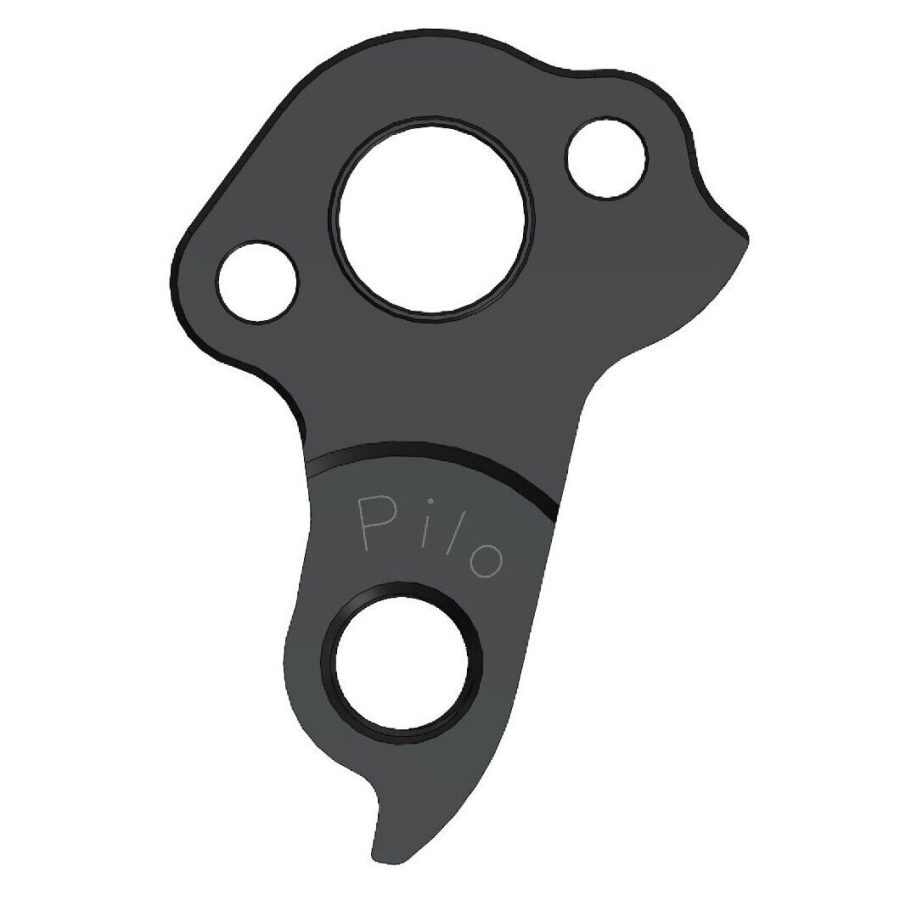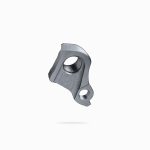Introduction
Understanding the mechanics of hanger force distribution in clothing retail displays is a crucial aspect for retailers and designers aiming to optimize visual appeal, garment preservation, and customer experience. This intricate interplay between physics, ergonomics, and aesthetics plays a significant role in how garments are presented, ultimately influencing consumer behavior and sales performance. In this detailed exploration, we delve into the key factors that affect hanger force distribution, the consequences of poor distribution, and strategies to enhance it.
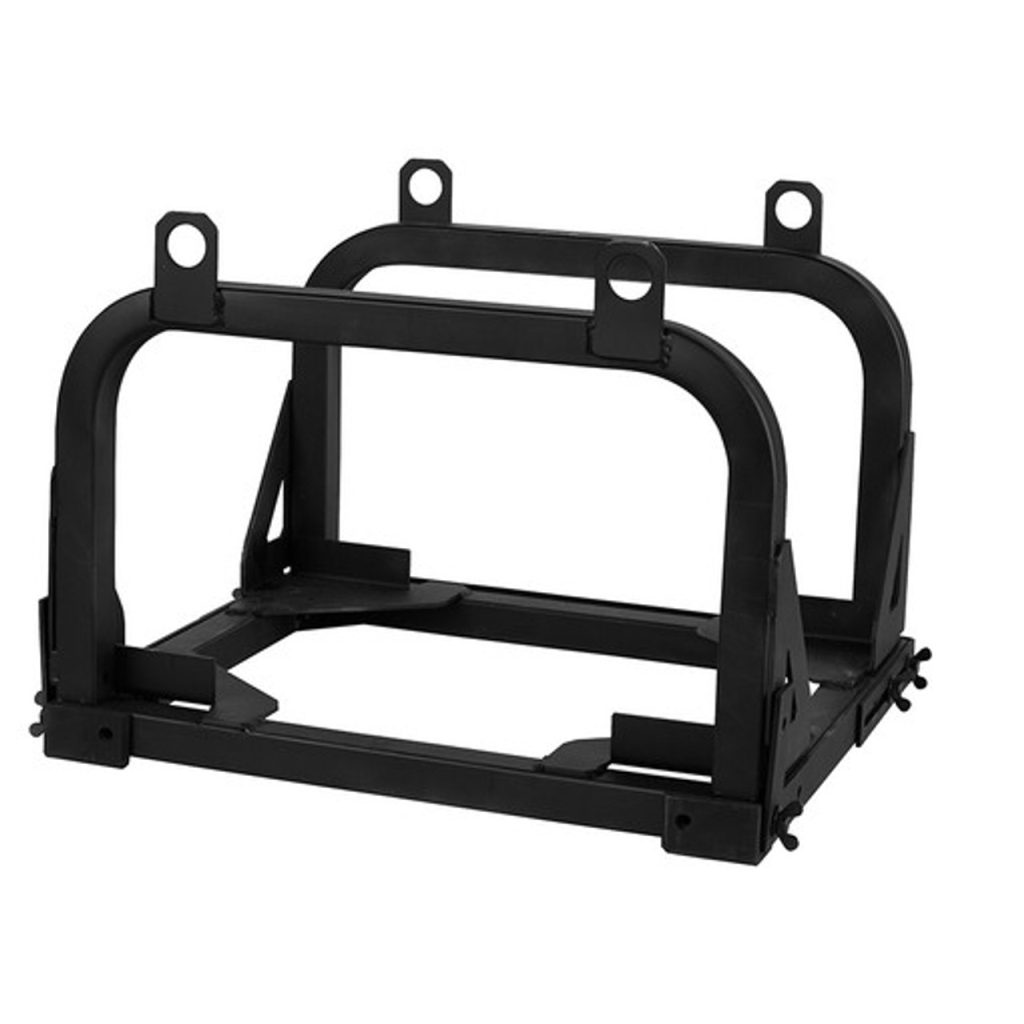
The Fundamentals of Hanger Force Distribution
At its core, hanger force distribution refers to how the weight of a garment is supported and spread across the hanger when displayed. This is determined by several variables:
- Hanger Design: The shape, material, and construction of the hanger directly impact how forces are transmitted. For instance, broad-shouldered hangers distribute weight more evenly across the garment compared to wire hangers that can create creases or even deform delicate fabrics.
- Garment Weight & Fabric: Heavy garments like coats place greater stress on hangers than light blouses. Similarly, stiff fabrics may not conform easily to the hanger’s shape, leading to uneven stress points.
- Hanger Positioning: How garments are hung on the rack—too high, too low, or overcrowded—affects how gravity pulls on the fabric, influencing force distribution.
- Rack & Fixture Design: The stability and design of the display rack influence hanger movement and thus force distribution. A wobbly rack can cause garments to slide off-center, creating uneven stress.
Consequences of Poor Hanger Force Distribution
Inadequate force distribution can lead to several undesirable outcomes:
- Damage to Garments: Improper support can cause stretching, sagging, or even tearing of fabrics, reducing the quality and saleability of merchandise.
- Aesthetics: Creases, wrinkles, and misshapen garments look unappealing, deterring customers and potentially affecting brand image.
- Customer Experience: Customers who struggle with hangers that slip off easily or find damaged goods are likely to have a negative shopping experience.
- Inventory Management: Frequent garment damage necessitates more frequent restocking and increased inventory costs.
Strategies for Enhancement
To improve hanger force distribution, consider the following strategies:
- Invest in High-Quality Hangers: Select hangers made from durable materials (e.g., wooden or padded hangers) that match the type and weight of garments being displayed. The right hanger should provide ample support without causing stress points.
- Customized Hanger Solutions: For specific garment types (like suits, dresses, or heavy coats), customized hangers can be designed to ensure optimal support and presentation.
- Optimize Rack Layout: Arrange racks to allow enough space between garments, preventing overcrowding that can distort hanger positioning. Ensure racks are level and stable to minimize movement.
- Train Staff on Proper Hanging Techniques: Educate staff on the correct way to hang different types of garments to minimize stress and maintain an attractive display.
- Regular Maintenance and Inspection: Routinely check hangers and racks for signs of wear and tear, adjusting or replacing as needed to maintain optimal function.
- Incorporate Ergonomic Considerations: Design display systems that are easy for customers to interact with, ensuring garments can be removed and replaced smoothly, reducing accidental damage.
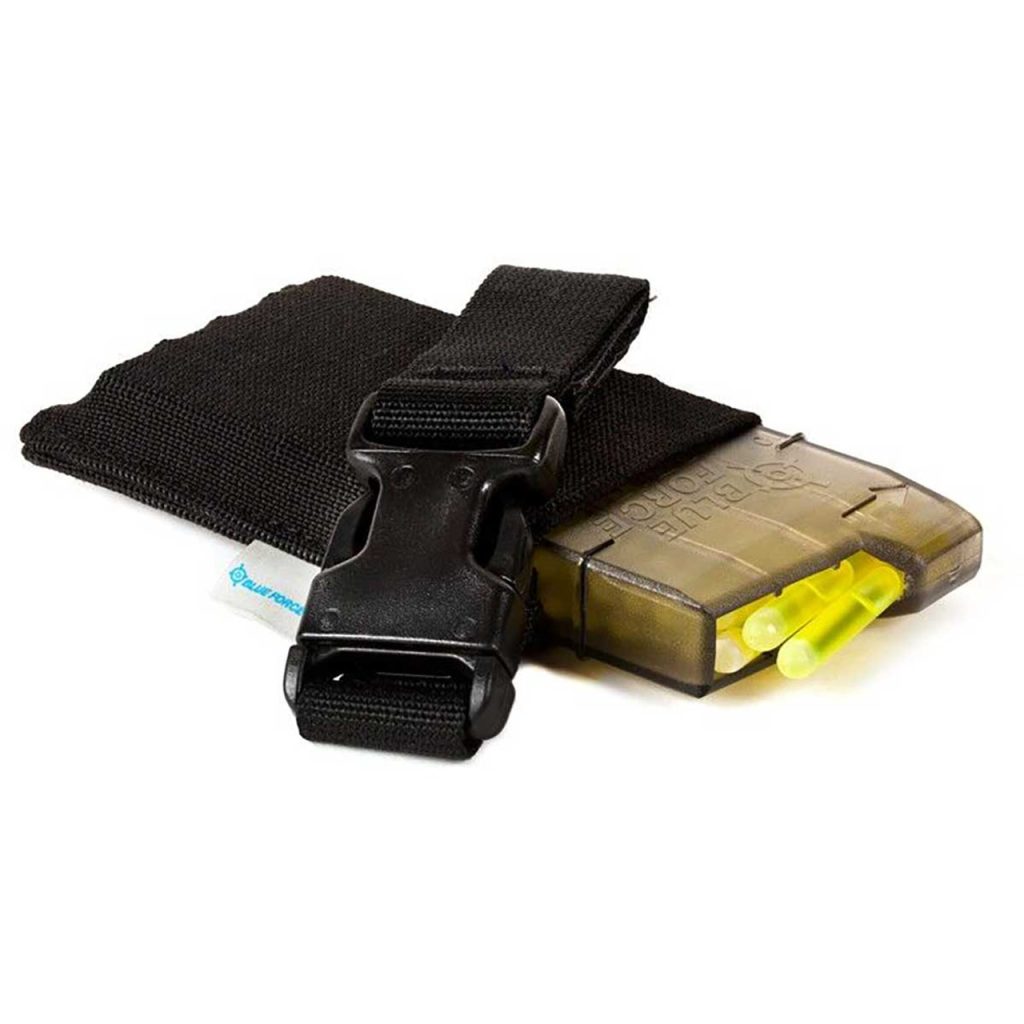
Mechanics of Hanger Force Distribution
1. Types of Hangers
Different hanger materials and designs affect force distribution:
- Wire Hangers: Commonly used due to cost-effectiveness but may create pressure points on garment shoulders.
- Wooden Hangers: Provide more surface area, distributing weight more evenly.
- Padded Hangers: Cushioned to reduce pressure points and maintain garment shape.
2. Force Application
- Weight Distribution: The weight of the garment and hanger itself applies force.
- Contact Points: Points where the hanger contacts the garment (usually shoulders) bear significant force.
- Distribution Over Time: Forces may vary as garments are added or removed.
3. Impact on Garments
- Shoulder Stretch: Over time, improper force distribution can stretch garment shoulders, distorting their shape.
- Fabric Wear: Concentrated forces can cause fabric wear and tear at contact points.
- Longevity: Proper force distribution enhances garment longevity, reducing the need for frequent replacement due to damage.
4. Display Considerations
- Aesthetics vs. Function: Balancing aesthetic display with mechanical integrity.
- Space Optimization: Efficient use of display space without compromising garment condition.
- Customer Interaction: Ensuring garments remain presentable despite frequent handling.
Factors Affecting Force Distribution
1. Material Properties
- Garment Material: Different fabrics react differently to force distribution.
- Hanger Material: Varied materials impact weight distribution strategies.
2. Hanger Design
- Shoulder Width: Matching hanger shoulder width to garment shoulders minimizes stretching.
- Hooks and Accessories: Additional accessories can affect force distribution and display stability.
3. Environmental Factors
- Temperature and Humidity: Influence fabric elasticity and hanger durability.
- Lighting and Display: Impact customer perception and garment presentation.
Optimization Strategies
1. Selection of Hangers
- Material: Choosing hangers based on garment type and display duration.
- Size and Shape: Matching hanger dimensions to garment specifications.
2. Distribution Techniques
- Even Weight Distribution: Spreading weight across the garment and hanger to minimize stress.
- Rotation and Maintenance: Regularly rotating displayed garments to minimize wear patterns.
3. Technology Integration
- Digital Displays: Incorporating digital solutions to monitor and adjust display conditions.
- Smart Sensors: Monitoring weight distribution and garment condition in real-time.
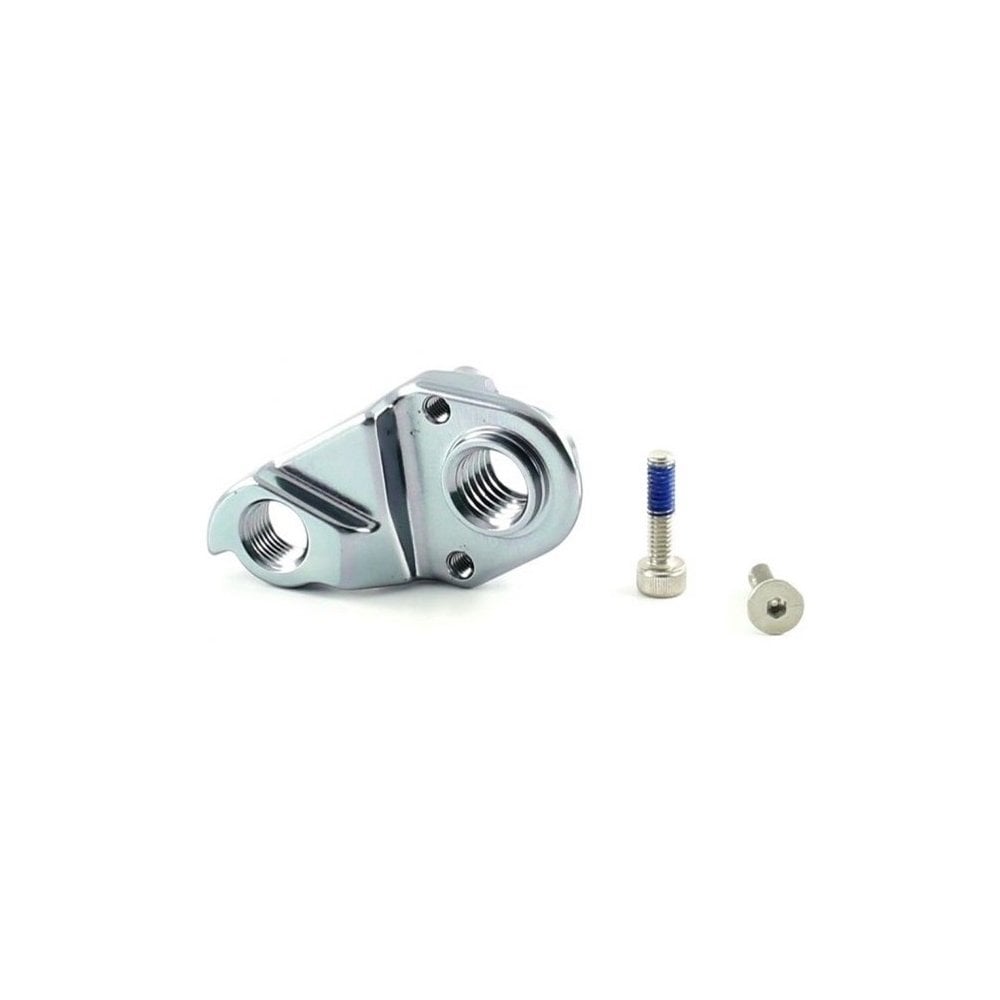
Importance of Understanding Force Distribution
In the realm of retail, where the visual appeal of merchandise directly influences consumer behavior, the mechanics of hanger force distribution are paramount. Beyond aesthetics, how garments are supported and displayed impacts their longevity, perceived quality, and ultimately, sales.
Mechanics and Components
1. Types of Forces
- Static Forces: The weight of the garment and the hanger exert downward force, primarily on the shoulders of the garment.
- Dynamic Forces: Forces fluctuate as garments are added, removed, or moved, influencing stress patterns over time.
2. Hanger and Garment Interaction
- Contact Points: Hangers typically interact with garments at the shoulders, where concentrated pressure can lead to stretching or deformation.
- Surface Area: Hanger design (e.g., padded, contoured) affects the distribution of forces across the garment’s surface.
3. Material Considerations
- Hanger Material: Variations in material (e.g., plastic, wood, metal) impact weight distribution strategies and durability.
Effects on Garments
1. Long-Term Impact
- Shoulder Stretch: Prolonged or improper force distribution can stretch garment shoulders, altering their intended shape and fit.
- Fabric Wear: Concentrated forces over time may cause premature wear at contact points, affecting garment appearance and lifespan.
2. Customer Perception
- Visual Presentation: Evenly distributed forces maintain garment integrity, ensuring consistent presentation quality throughout its display.
- Handling and Inspection: Proper force distribution minimizes the need for frequent adjustments and handling, preserving both garment and hanger condition.
Optimization Strategies
1. Selection and Maintenance
- Hanger Selection: Choosing hangers based on garment type, weight, and display duration optimizes force distribution and minimizes potential damage.
- Rotation and Inspection: Regularly rotating garments and inspecting hangers for wear ensures even force distribution and extends display longevity.
2. Technology Integration
- Smart Solutions: Integrating sensors or digital systems to monitor force distribution and garment condition in real-time allows for proactive adjustments.
- Data-Driven Insights: Analyzing data on force distribution patterns informs strategic decisions in hanger and display management.
Environmental and Display Factors
1. Environmental Impact
- Temperature and Humidity: Variations influence fabric elasticity and hanger durability, impacting force distribution over time.
- Lighting and Display Conditions: Optimal lighting and display configurations complement mechanical considerations, enhancing overall visual appeal.
By understanding and addressing the mechanics of hanger force distribution, retailers can significantly enhance the visual appeal of their merchandise, preserve garment quality, and ultimately contribute to a positive shopping experience that encourages customer engagement and loyalty. It’s a subtle yet powerful element in the complex world of retail display strategy, highlighting the importance of thoughtful design and execution in every aspect of the customer journey.
